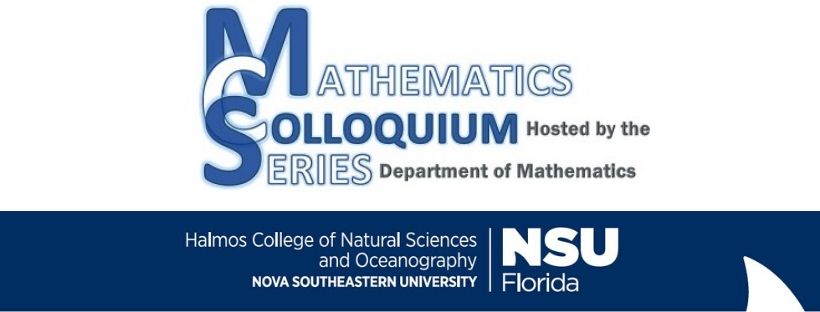Description
An appealing hypothesis suggests that neurons represent inputs in a coordinate system that is matched to the statistical structure of images in the natural environment. I discuss theoretical work on unsupervised learning of statistical regularities in natural images. In the model, Bayesian inference amounts to a generalized form of divisive normalization, a canonical computation that has been implicated in many neural areas. In our framework, divisive normalization is flexible: it is recruited only when the image is inferred to contain dependencies, and muted otherwise. I particularly focus on recent work in which we have applied this approach to understanding spatial context effects in visual cortical processing of natural inputs.
Date of Event
October 30, 2015 12:00-1:00 PM
Location
Mailman-Hollywood Auditorium

Flexible Gating of Contextual Influences in Natural Vision
Mailman-Hollywood Auditorium
An appealing hypothesis suggests that neurons represent inputs in a coordinate system that is matched to the statistical structure of images in the natural environment. I discuss theoretical work on unsupervised learning of statistical regularities in natural images. In the model, Bayesian inference amounts to a generalized form of divisive normalization, a canonical computation that has been implicated in many neural areas. In our framework, divisive normalization is flexible: it is recruited only when the image is inferred to contain dependencies, and muted otherwise. I particularly focus on recent work in which we have applied this approach to understanding spatial context effects in visual cortical processing of natural inputs.



Presenter Bio
Odelia Schwartz, Ph.D. is an Associate Professor in the Department of Computer Science at University of Miami. She uses tools of Computational Neuroscience to study how the brain represents and learns environmental information, from the neural level through to perception and behavior. She completed her Ph.D. at New York University; and her postdoctoral work at the Salk Institute. She was previously a faculty member at the Albert Einstein College of Medicine.